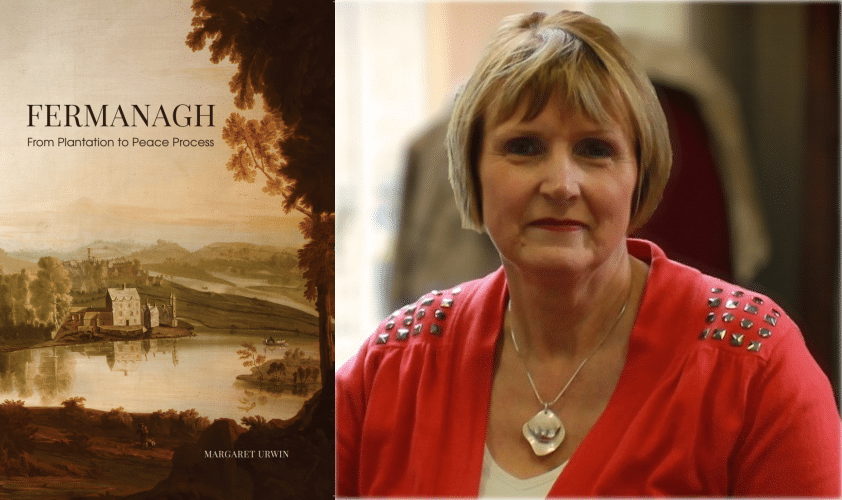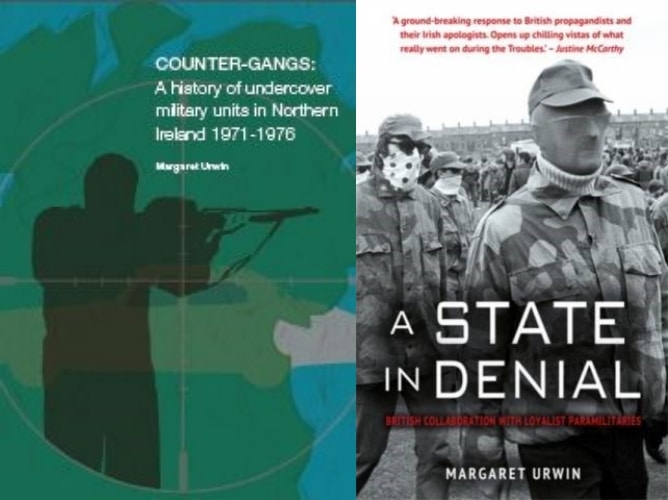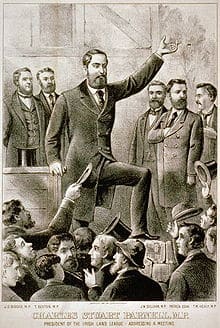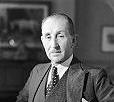
Margaret Urwin is known for her work with Justice for the Forgotten/the Pat Finucane Centre. Her published works include the pamphlet Counter-gangs (2012) which describes the activities of undercover British special force units in Ireland in the 1970s. In 2016 she published the highly- regarded ‘A State in Denial: British Collaboration with Loyalist Paramilitaries‘. She has now added ‘Fermanagh, From Plantation to Peace Process’ to this body of work. It delves back deeper into Irish history to help us understand the present. The book takes the reader on a compelling historical tour of Fermanagh.

The early chapters deal with the Plantation and the Rebellion of 1641 and draw on depositions preserved by Trinity College, original material that brings the era vividly to life. The author then moves through the Cromwellian era and the Williamite wars. The penal laws, the famine, the Orange Order, Catholic emancipation, WW1 and the Easter Rising – and more – are all covered later.
Focusing on the period from the 1920s onwards, Urwin examines what life was like in the new six-county state of Northern Ireland after partition – the systemic discrimination against Catholics in all areas of life; the role played by the Free State government; the fiasco of the Boundary Commission; the distrust of the Protestant community of their Catholic neighbours due to the IRA campaign of 1956-62; the more recent IRA campaign in the county which began after the introduction of internment in 1971. She reflects on the short-lived loyalist campaign in the county which ceased permanently in the mid-1970s, unlike in neighbouring counties, Tyrone and Armagh.
Based on official declassified British and Irish Government documents, the role of the border during the conflict and Irish Government co-operation with its British counterparts are analysed while claims of ethnic cleansing and genocide are tested.
The core of the book is the detailed analysis of all conflict-related deaths in the county which boosts the biographies contained in the seminal publication, Lost Lives. Case studies of particular killings are provided, e.g. Protestant civilians and alleged informers killed by the IRA; the Enniskillen bombing; the notorious ‘Pitchfork’ murders carried out by members of the British Army; the killing of IRA members by the SAS and loyalist killings of Catholic civilians.

A consistent thread throughout the centuries is the enduring influence exerted by the Fermanagh aristocracy including the earls of Enniskillen, Erne and Belmore, and Baronets Archdale and Brookeborough. (The Brookeboroughs were later upgraded to Viscounts). An example of this influence occurred during the land war. This was a period of remarkable cohesion between Catholic and Protestant tenants, which gained a particular momentum in Fermanagh. (Urwin has drawn on local and national newspapers to bring this era to life). Throughout the period the aristocracy had met with limited success in their efforts to cause division but as Urwin demonstrates:
In the autumn of 1882, Parnell disbanded the Land League and established in its place the Irish National League. The aims of the new organisation were more political than agrarian, the main objective being to assist the Home Rule movement. This decision sounded the death knell to Protestant and Catholic cohesion around the land issue.
This at last provided the aristocracy with the opportunity they were hoping for and brought about an end to this sadly short-lived period of Catholic-Protestant cohesion

The influence of the Fermanagh aristocracy was maintained up until the last century when one of their own, Sir Basil Brooke, served as prime minister of Northern Ireland 1943-63.

Coming into more modern times, Urwin has conducted personal interviews with living witnesses. One of them was a participant during the IRA’s Border Campaign, Operation Harvest, 1956-62. He was involved in the best-known engagement of that conflict, the IRA raid on the RUC barracks at Brookeborough during which Seán South and Fergal O’Hanlon were killed.
A fascinating fact which is brought to light in the book was the short-duration of the loyalist campaign in the county. Killings by loyalists ceased in 1975 and did not resume. This may possibly be attributed to the fact that Fermanagh is bordered on three sides by four counties of the Republic – Monaghan, Cavan, Leitrim and Donegal. Fermanagh loyalists may have felt more vulnerable to cross-border retaliation by IRA units than their neighbouring counties.
Urwin has identified another interesting fact about Fermanagh namely that it is the only county in present-day Northern Ireland that has an Anglican, as opposed to a Presbyterian, majority.
Another section of the book deals with the election of hunger striker Bobby Sands as MP for Fermanagh-South Tyrone in April 1981. Urwin has unearthed new material in Britain’s National Archives. During the election campaign British officials were deeply concerned that Sands might win or, at least, get a ‘respectable’ vote. The implication of such an outcome would suggest that the Provos were a democratic alternative to the SDLP.
However, the consensus among them was that a win for Sands was highly unlikely. They reckoned that, at most, 15-20,000 nationalists would vote for him. They were proved wrong and Sands emerged victorious. The result had a polarising effect which aroused huge resentment in the Protestant community. They felt betrayed by their Catholic neighbours.
The events touched upon in this review are merely illustrative of the scope and breadth of this fascinating book. It will undoubtedly be received well in the subject county but has much to commend it to a wider audience.
Fermanagh, From Plantation to Peace Process is published by Eastwood Books, www.eastwoodbooks.com